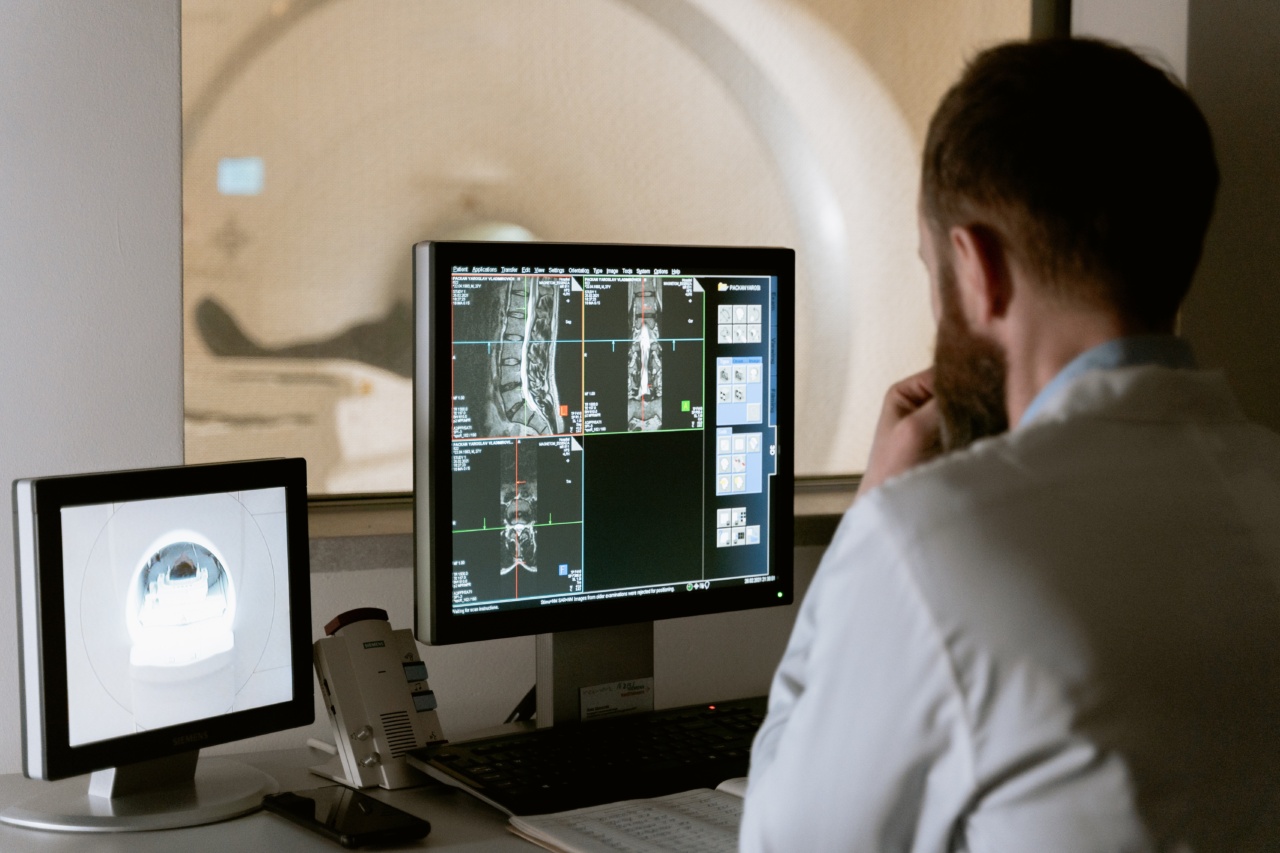Osteoporosis and premature bone aging are two of the most underreported and underdiagnosed health conditions in the world today.
Both conditions are characterized by the weakening of bones and an increased risk of fractures, but they differ in their causes and risk factors.
What is Osteoporosis?
Osteoporosis is a condition that causes bones to become weak and brittle, leading to an increased risk of fractures. It is often referred to as the “silent disease” because there are usually no symptoms until a fracture occurs.
Osteoporosis affects both men and women but it is more common among women, especially after menopause. The condition is caused by an imbalance between bone resorption (the breaking down of bone tissue) and bone formation (the rebuilding of bone tissue).
When bone resorption occurs faster than bone formation, bones become weak and porous, making them more prone to fractures.
What Causes Osteoporosis?
There are several risk factors that can increase the likelihood of a person developing osteoporosis, including:.
- Age: The risk of osteoporosis increases as a person gets older.
- Gender: Women are more likely to develop osteoporosis than men, especially after menopause.
- Family history: The risk of osteoporosis is higher if a person has a family history of the condition.
- Hormonal changes: Changes in hormone levels, such as during menopause, can increase the risk of osteoporosis.
- Dietary factors: A diet low in calcium and vitamin D can contribute to the development of osteoporosis.
- Lifestyle factors: Smoking, excessive alcohol consumption, and physical inactivity can also increase the risk of osteoporosis.
What is Premature Bone Aging?
Premature bone aging, or osteopenia, is a condition where bones lose their density and become weaker than normal. The condition is similar to osteoporosis, but it occurs at a younger age.
Like osteoporosis, there are usually no symptoms until a fracture occurs. The condition affects both men and women, but it is more common in women. Premature bone aging is caused by a variety of factors, including genetics, hormonal changes, lifestyle factors, and certain medical conditions.
What Causes Premature Bone Aging?
The causes of premature bone aging are similar to those of osteoporosis. Some of the risk factors for the condition include:.
- Genetics: A family history of osteoporosis or premature bone aging can increase the risk of developing the condition.
- Hormonal changes: Changes in hormone levels, such as during menopause, can increase the risk of premature bone aging.
- Lifestyle factors: Smoking, excessive alcohol consumption, and physical inactivity can also increase the risk of premature bone aging.
- Medical conditions: Certain medical conditions, such as thyroid disorders, can increase the risk of premature bone aging.
How are Osteoporosis and Premature Bone Aging Diagnosed?
The diagnosis of osteoporosis and premature bone aging is usually made through a bone density test. A bone density test measures the density of bones in the spine, hip, and other areas of the body.
The test is painless and takes only a few minutes to complete. It is recommended that women over the age of 65 and men over the age of 70 should have a bone density test. Younger people with risk factors for the condition may also be recommended to have the test.
How Can Osteoporosis and Premature Bone Aging be Prevented?
Preventing osteoporosis and premature bone aging involves maintaining a healthy lifestyle, including a diet rich in calcium and vitamin D, regular exercise, and avoiding smoking and excessive alcohol consumption.
In some cases, medication may be prescribed to help prevent or treat the condition.
What are the Treatment Options for Osteoporosis and Premature Bone Aging?
The treatment of osteoporosis and premature bone aging depends on the severity of the condition. In mild cases, lifestyle changes, such as exercise and a healthy diet, may be enough to prevent or slow down the progression of the condition.
In more severe cases, medication may be prescribed to help increase bone density and reduce the risk of fractures. Physical therapy and assistive devices, such as canes or braces, may also be recommended to help improve mobility and prevent falls.
Conclusion
Osteoporosis and premature bone aging are serious health conditions that can significantly impact a person’s quality of life. It is important for people at risk of these conditions to take steps to prevent them from developing or progressing.
This involves maintaining a healthy lifestyle, including a diet rich in calcium and vitamin D, regular exercise, and avoiding smoking and excessive alcohol consumption. Early detection and treatment can also help prevent fractures and improve overall health outcomes.































